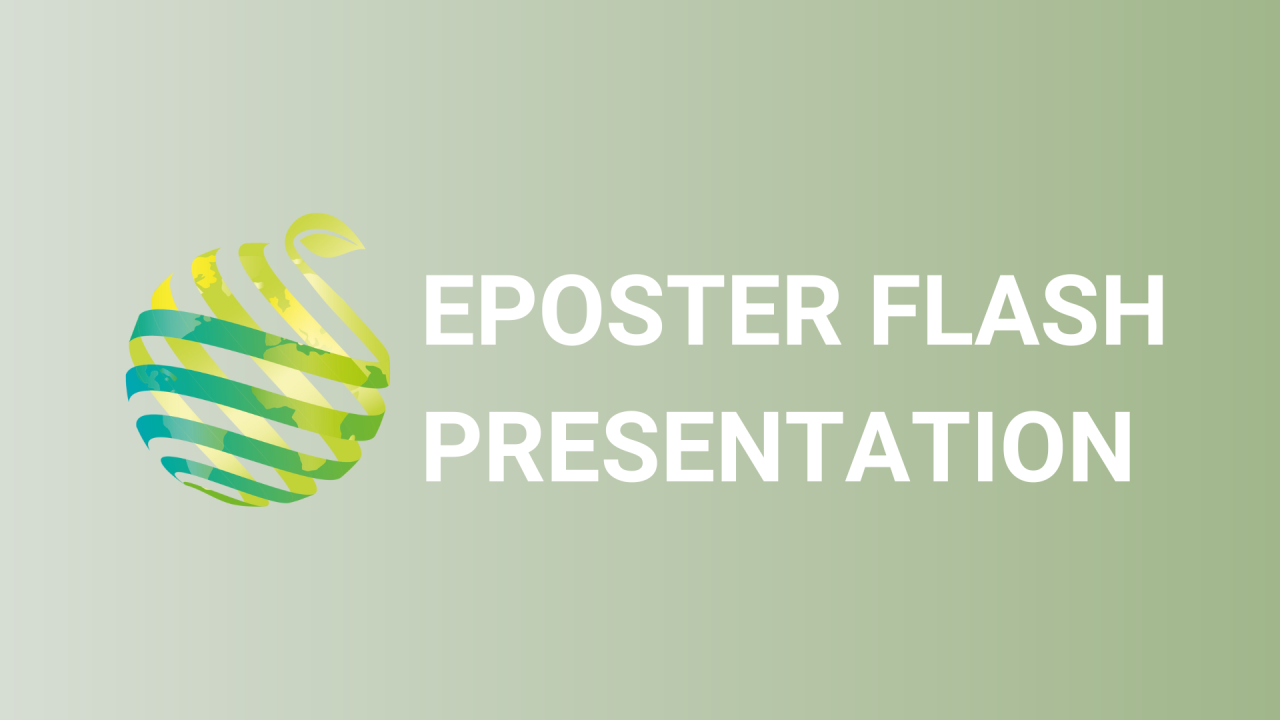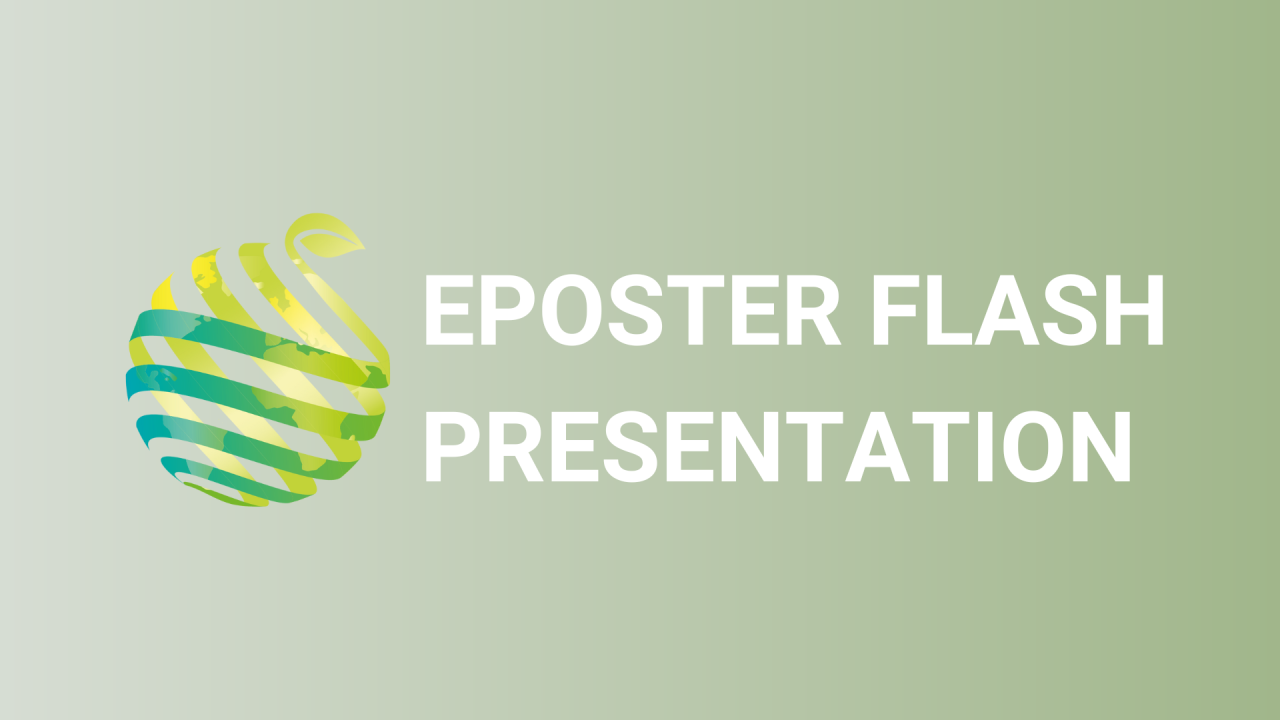

S01 - Session P2 - Assessment of flesh browning diversity in apple germplasm collections phenotyped by image analysis
Information
Authors: Carlos Miranda Jiménez, Patricia Irisarri, Julia Arellano, Francisco J Bielsa, Ana Valencia, Jorge Urrestarazu, Ana Pina *, L. Gonzaga Santesteban, Lourdes Castel, Pilar Errea
Enzymatic flesh browning (EB) is one of the major problems affecting the quality, and limiting the shelf life of minimally processed fruit. Traditionally, EB has been measured objectively using colorimeters. However, colorimeters are not suitable for phenotyping large quantities of fruit samples as they measure just one small area of a sample at a time, which hampers the acquisition of representative measurements and renders them time-consuming and costly. Previous research has shown that image analysis of digital photographs could be a viable alternative to obtain color information of the entire surface of samples for large scale phenotyping, but to date there are no references of its practical application. The aim of this work was to assess the diversity in EB in a large set of cultivars phenotyped using digital photographs and a high-throughput analytical system based on image analysis developed by our team. A set of 172 cultivars, including modern references (11 cvs.) and traditional Spanish cultivars from UPNA (71 cvs.) and CITA (90 cvs.) germplasm collections, was analyzed in 2020 and 2021. The traditional varieties were part of the core collection, which optimizes the representativeness of the genetic variation of apples preserved in Spanish collections. EB was evaluated in 10 fruits per variety, photographed at regular intervals from just after cutting to one hour later. A wide range of EB intensities was observed, with up to fivefold differences between cultivars, which could be classified into five levels. The time at which EB was evaluated (30 or 60 minutes after slicing), had little influence on the classification. Traditional varieties with low or very low EB were found to be comparable to those of references with less EB. The results show the potential of traditional germplasm to diversify the varietal offer and introduce new traits in apple breeding.